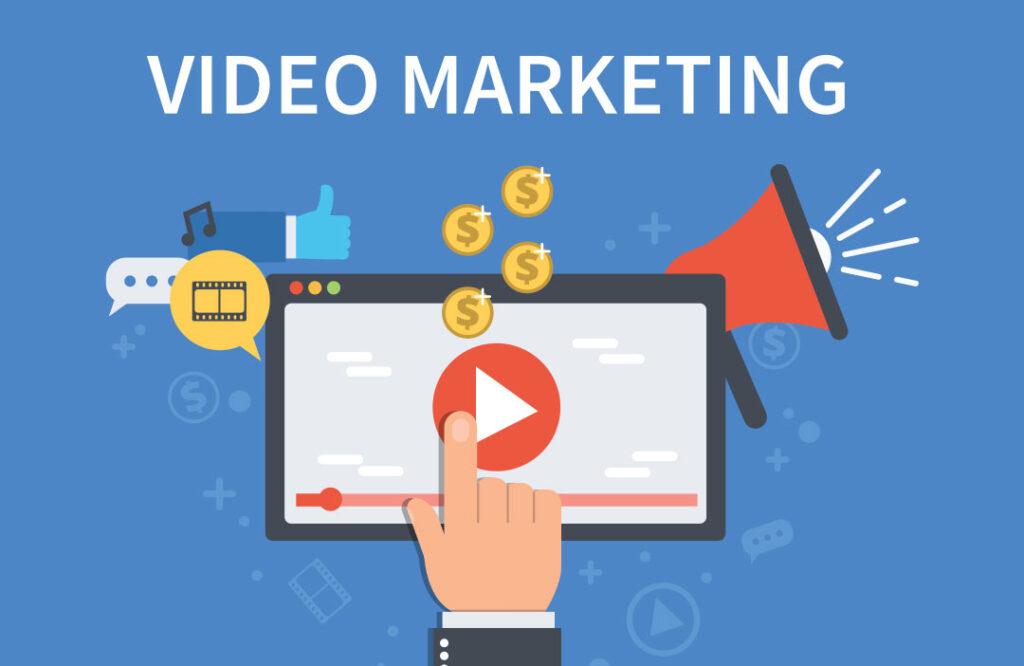Strategies for Maximizing Your Marketing Investments

In today’s competitive business landscape, it’s essential for companies to make the most of their marketing investments. With so many channels and tactics available, it can be challenging to determine how to allocate your budget effectively and measure the performance of your campaigns. That’s where ROI Revolution comes in. ROI Revolution is a leading digital […]
Demystifying Modern Marketing Jargon: Understanding Common Buzzwords

Introduction Marketing is an ever-evolving field that is constantly adapting to new technologies and trends. With this evolution comes a whole new set of buzzwords that can often leave people feeling confused and overwhelmed. In this blog post, we will break down some common marketing buzzwords and explain their relevance and application in contemporary marketing […]
The Power of Video Marketing: Engage, Convert, and Succeed

Introduction In today’s digital age, video marketing has become a crucial tool for businesses to engage with their audiences and drive action. With the rise of social media platforms like YouTube, Facebook, and Instagram, video content has become more accessible than ever before. According to a survey conducted by Wyzowl, 88% of marketers reported that […]
Building Authenticity in Every Ad Campaign

In today’s highly competitive advertising landscape, authenticity has become an invaluable currency for brands. Consumers are increasingly demanding genuine brand messaging that resonates with their values and beliefs. In fact, a recent study found that 86% of consumers value authenticity when deciding which brands to support. This indicates that authenticity is not just a nice-to-have, […]
Email Excellence: Crafting Campaigns that Convert

The Fundamentals of Successful Email Marketing Email marketing continues to be one of the most effective ways to reach and engage with your audience. Crafting campaigns that convert is a crucial skill for any marketer. In this blog post, we will explore the fundamentals of successful email marketing, focusing on design, personalization, and tracking metrics […]
Unscripted SEO: Unlocking Organic Strategies for Exceptional Visibility

When it comes to enhancing your online visibility, organic SEO strategies are the way to go. Unlike paid advertisements, organic strategies focus on improving your website’s visibility through keyword research, on-site optimization, and quality backlinking. In this article, we will dive deep into these three pillars of organic SEO and discover how they can help […]
Unleashing the Power of Analytics in Marketing

In today’s digital age, data is king. And when it comes to marketing, being able to leverage data and analytics can make all the difference in the success of your strategies. Gone are the days of blindly throwing messages into the void and hoping for the best. With the right tools and techniques, you can […]
Content is King: Designing a Strategy that Reigns Supreme

Introduction In today’s digital landscape, where attention spans are shorter than ever and competition for online visibility is fierce, creating high-quality and engaging content is essential for businesses to stand out. A well-crafted content marketing strategy can help businesses not only attract and engage their target audience but also drive traffic, generate leads, and increase […]
